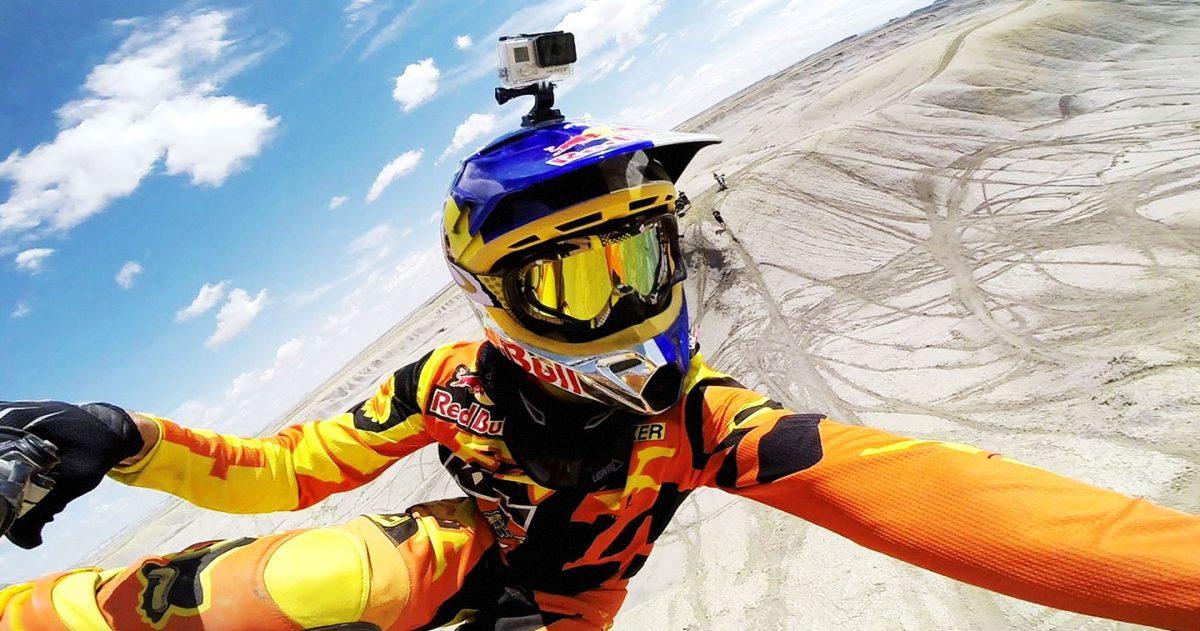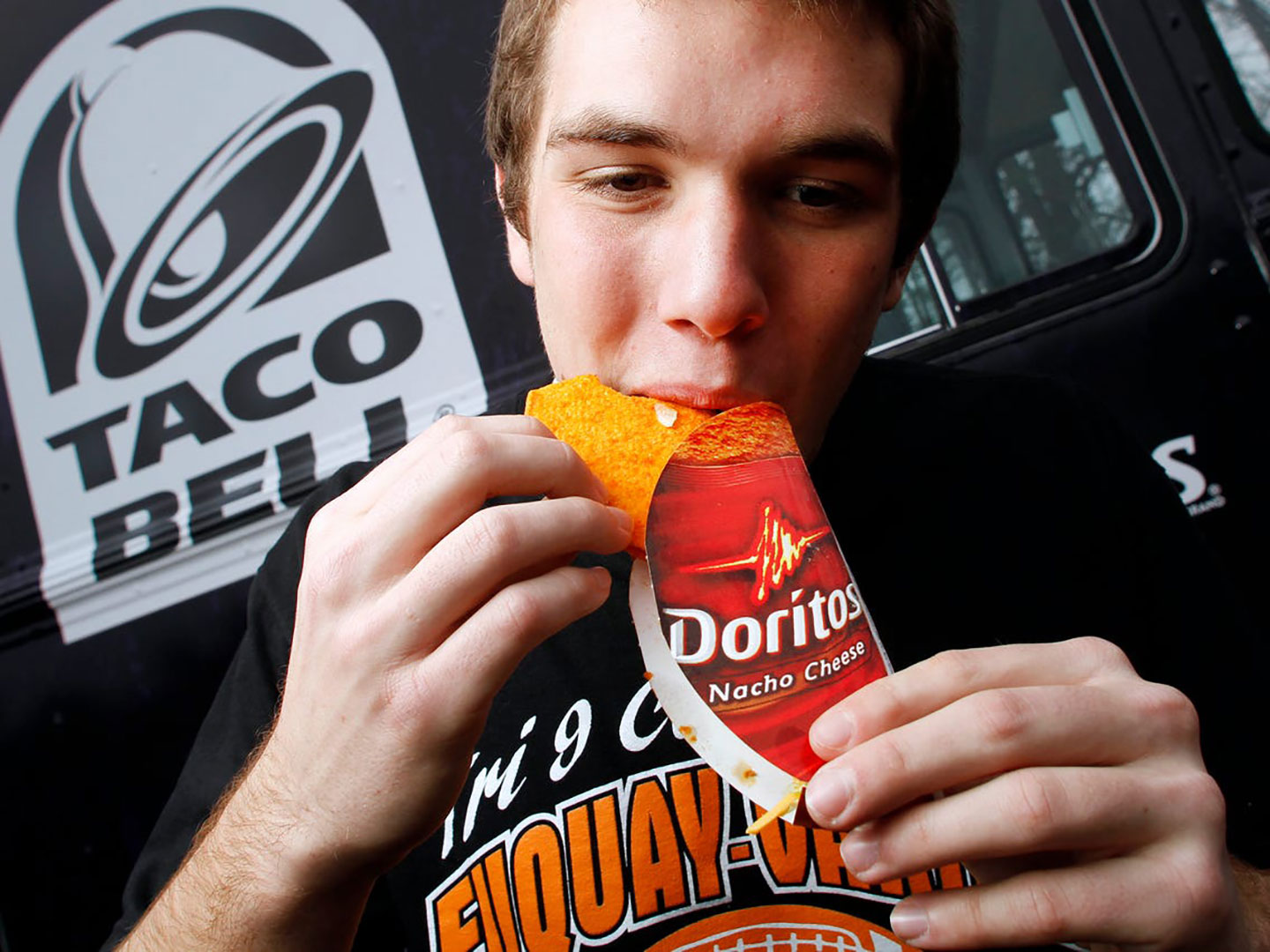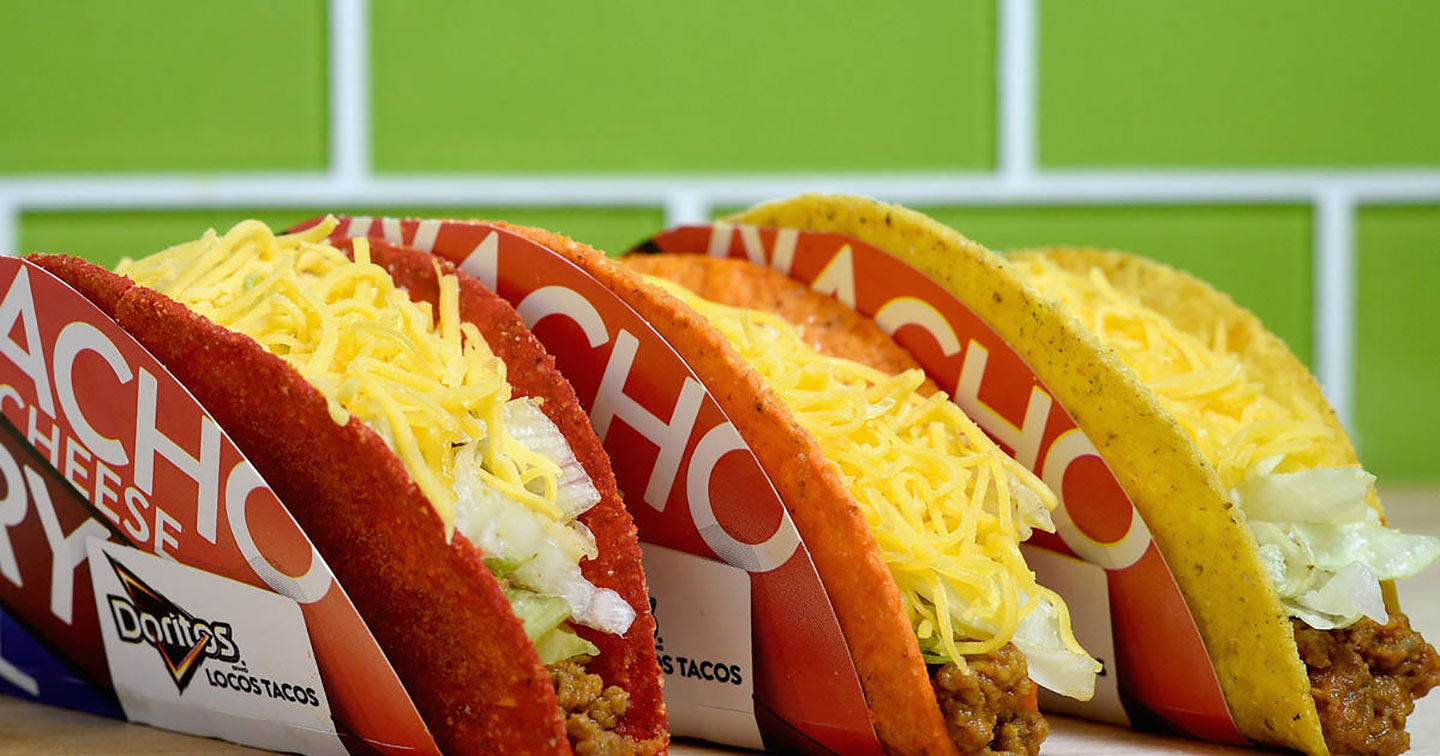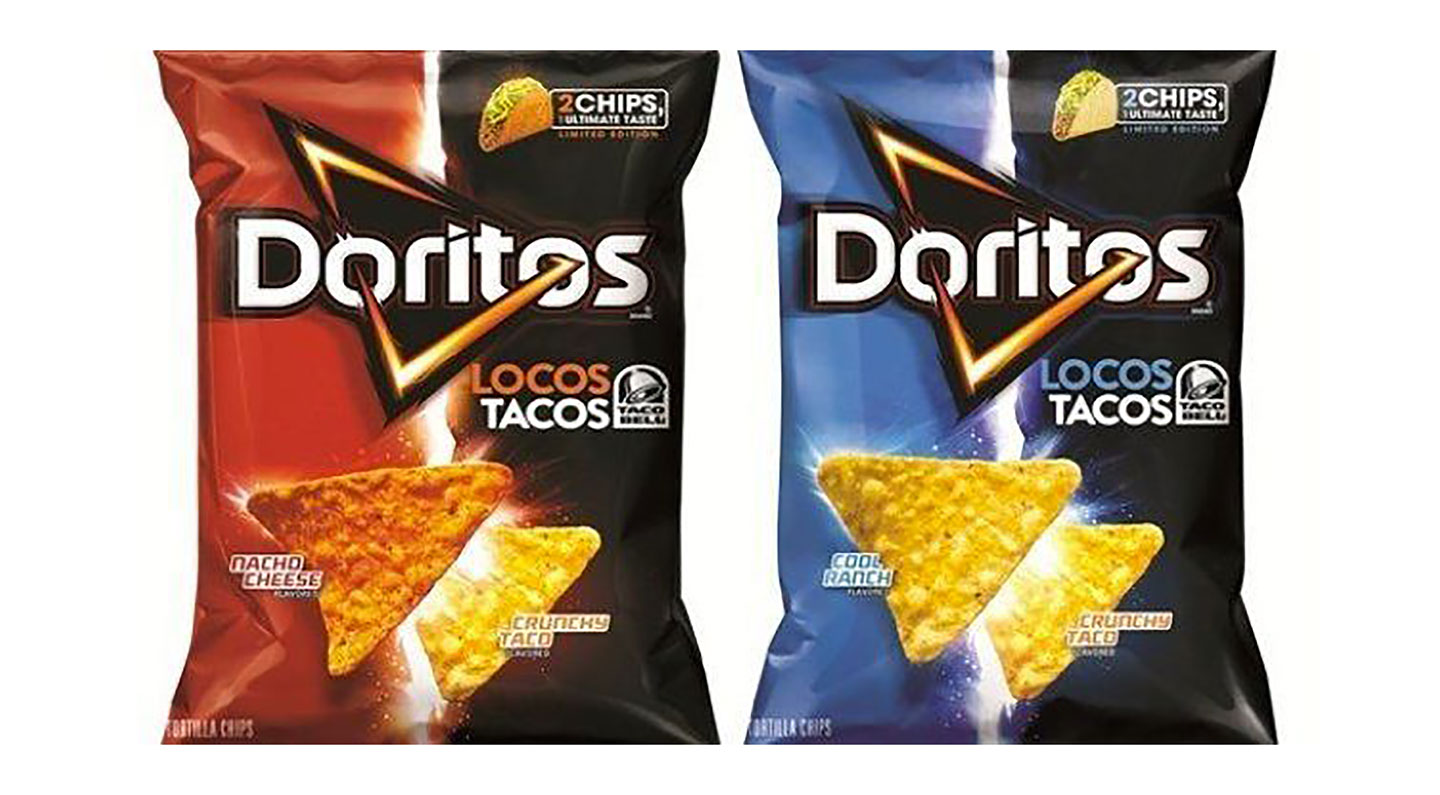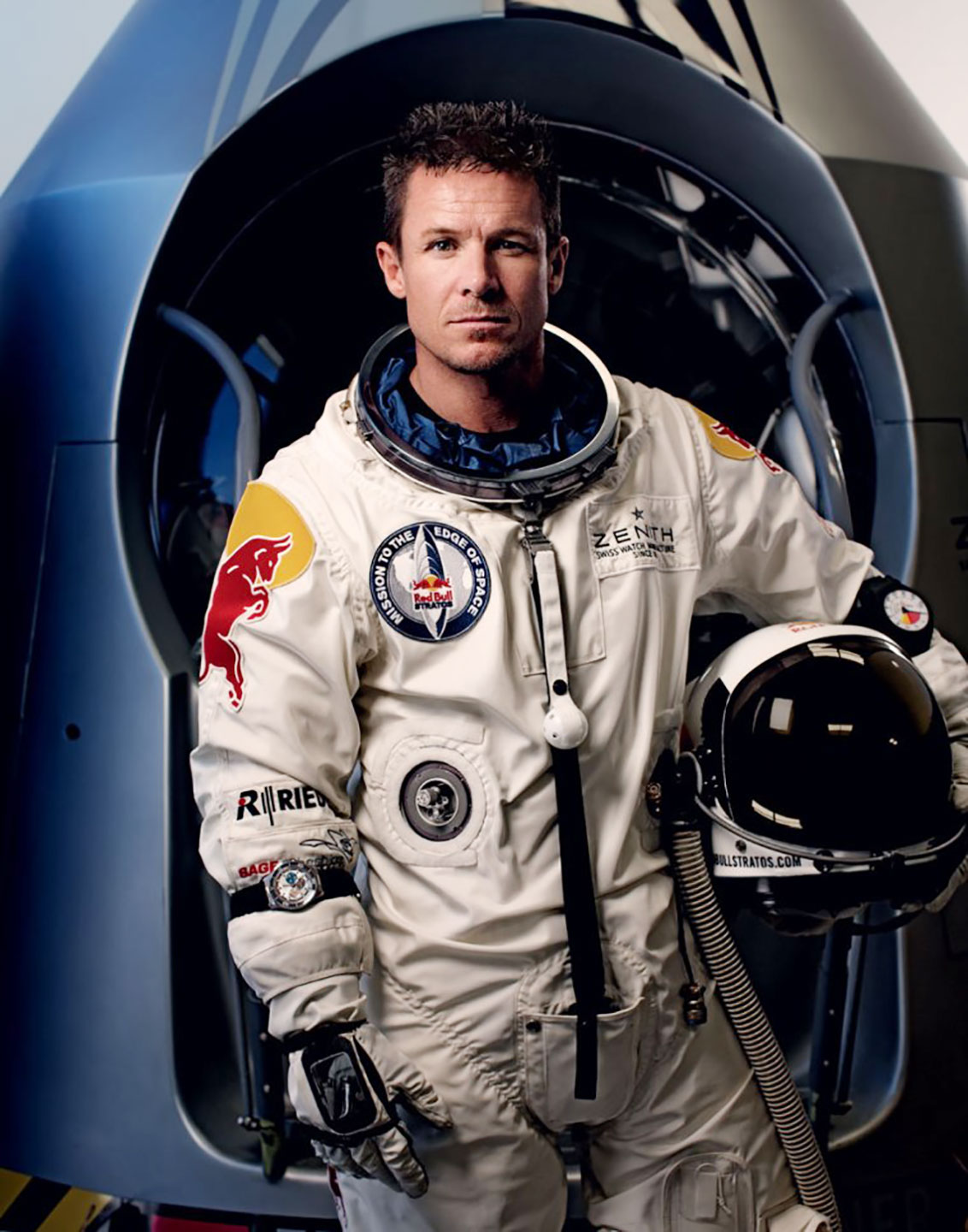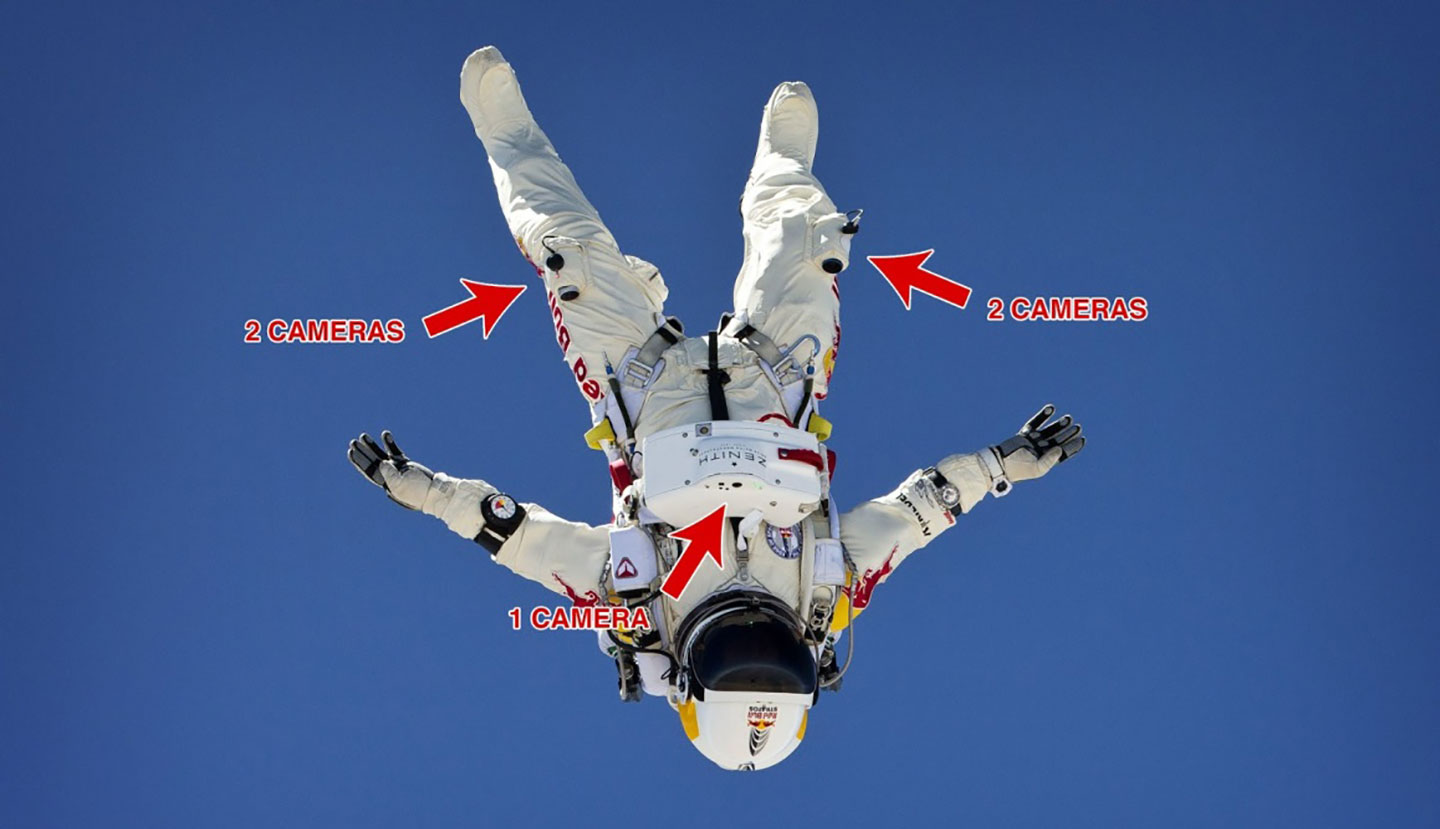MANILA, PHILIPPINES — At a quick glance, it may not seem like Red Bull and Go Pro have much in common in terms of products; the former specializes in energy drinks, while the latter manufactures action cameras.
Unlikely as it seems, these two brands actually share the same vision and even formed a global partnership around it: to inspire the world to live a bigger life.
In this article, Branding Nerd places a spotlight on the Red Bull and Go Pro partnership, and thoroughly explains how these two brands used co-marketing to their advantage.
In previous blogs, we’ve talked about brand positioning but always only featuring a single brand.
In this blog, we will do something for the first time. We will focus on the overlapping positioning of two seemingly unrelated brands which have entered into a partnership to help promote each other to its similar consumer audience.
“Synergy is better than my way or your way. It’s our way.”
Stephen Covey
In marketing parlance, this is also referred to as ‘co-marketing‘.
To help explore this concept, we will examine the highly successful brand partnership of camera brand GoPro® and energy drink Red Bull®.
But before we talk about these brands, let’s understand the concept of ‘co-marketing’, as well as the related concept of ‘co-branding’.
Investopedia provides a good explanation for both concepts and how these are differentiated, as follows:
Co-Branding vs. Co-Marketing
“Co-branding is a marketing strategy that utilizes multiple brand names on a good or service as part of a strategic alliance. Also known as a brand partnership, co-branding (or “cobranding”) encompasses several different types of branding collaborations, typically involving the brands of at least two companies. Each brand in such a strategic alliance contributes its own identity to create a melded brand with the help of unique logos, brand identifiers, and color schemes.”
One iconic example of a mega-successful co-branding initiative was the Doritos Los Tacos tie-up between PepsiCo’s popular snack Doritos® and Yum! Brand’s fast-food chain Taco Bell® originally launched on March 12, 2012 in a Taco Bell store in Toledo, Ohio.
It was reported that Taco Bell® sold more than 100 million Doritos Locos Tacos in its first ten weeks alone! Because of this the brand even had to hire 15,000 more crew members in its stores to keep up with the sudden increase in traffic and high demand for the co-branded menu item. For the year 2012 alone, Taco Bell® sold over one billion units of the Doritos Los Tacos! Now on its ninth year, this co-branded menu item remains a favorite and has single-handedly fueled the turnaround of Taco Bell® which is now considered the crown jewel of parent company Yum! Brands, Inc., also the owner of KFC®, Pizza Hut® and other leading restaurant brands.
Investopedia continues: “Co-branding and co-marketing are similar concepts in that both involve partnerships between brands that seek to bolster their marketing efforts, but they differ in how they are executed. Co-marketing aligns the marketing efforts of two partners but does not result in the creation of a new product or service. Co-branding, by design, is based on the creation of a new product or service.”
The GoPro® x Red Bull® Co-Marketing Partnership

In the case of Red Bull® and GoPro®, their tie-up is an example of ‘co-marketing’ and not ‘co-branding’, since their partnership did not result in a new product or service. In the overall scheme of things with respect to brand architecture, co-marketing is really just a part of one pillar, which is ‘promo’, out of the six P’s of the marketing mix. And yet, this concept of co-marketing can have an extraordinary and far-reaching effect on the brand equity of both participating brands.
Red Bull’s ‘Giving You Wings‘ and GoPro’s ‘Be a Hero‘ slogans provide us a clue on why the co-marketing partnership of these two brands have become so successful. Both conjure soaring images of thrilling adventures full of excitement, energy, and wonder.
In discussing the partnership on its website, GoPro® states that: “(GoPro) has become a standard for how people capture themselves engaged in their interests, whatever they may be. From extreme to mainstream, professional to consumer, GoPro enables the world to capture and share its passion in the form of immersive and engaging content. Red Bull is the leading global energy drink available in more than 169 countries, giving wings to people and their ideas. Since its foundation and the creation of an entire new category in the mid 80’s, storytelling is a part of Red Bull’s DNA.”
Therefore, this perfect combination of immersive and engaging content and storytelling shared by these two brands provides the very foundation on which this co-marketing partnership was borne and continues to thrive on.
In its launch video, it is very clear why these two seemingly unrelated brands have decided to enter into this global co-marketing partnership:
In a joint press release during the partnership’s launch back in May 2016, the Founders x CEOs of both GoPro® and Red Bull® had this to say:
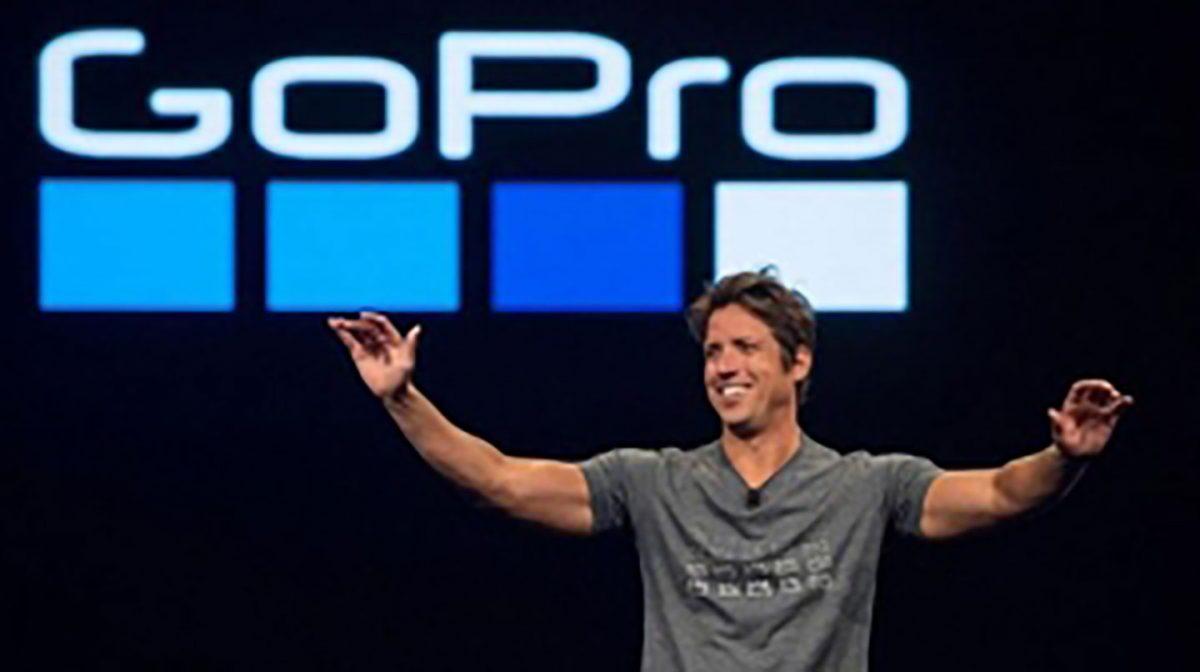
“Red Bull’s global scale and execution is something to be admired. This partnership is very strategic for GoPro,” said Nicholas Woodman, founder and CEO of GoPro®. “We share the same vision…to inspire the world to live a bigger life. While we’ve worked closely for many years, as official partners we’ll be able to more effectively help one another execute our shared vision and scale our respective businesses. GoPro and Red Bull, as a match, are as good as it gets.”
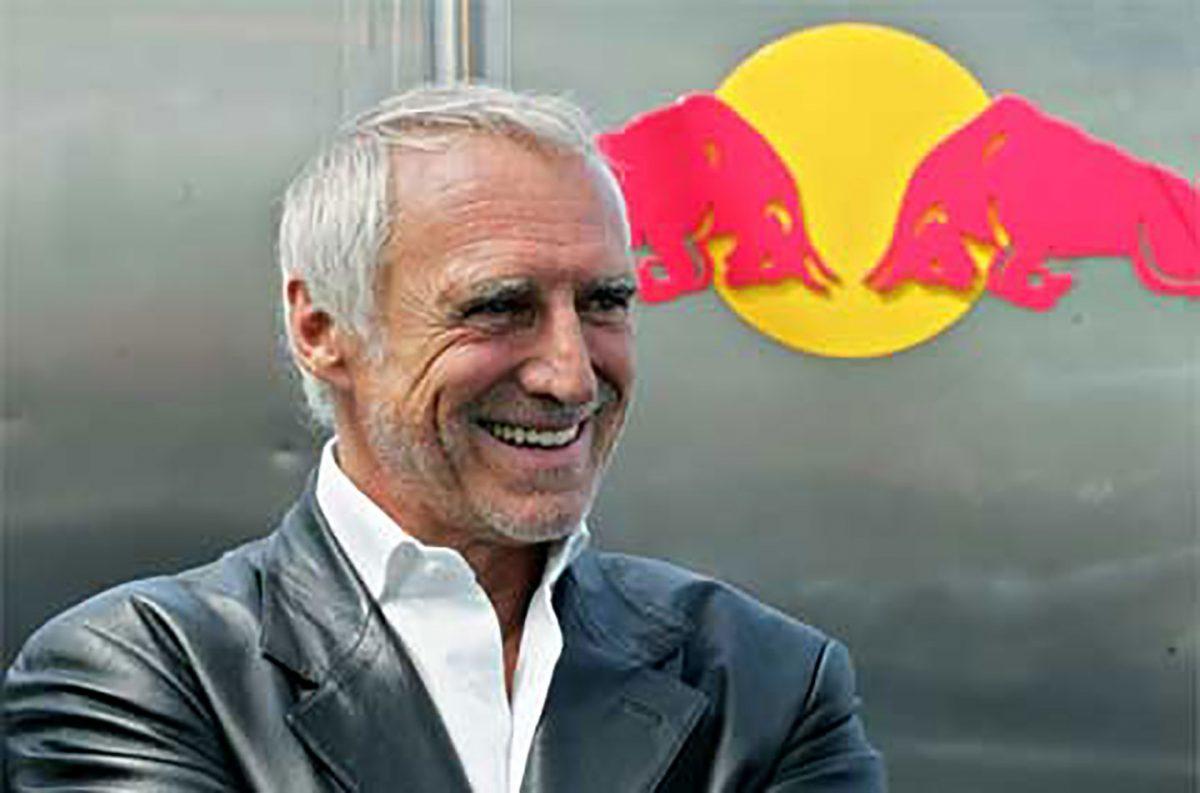
“First person perspectives, breathtaking images and cutting edge cinematography are the hallmarks of every story told within Red Bull’s portfolio of productions and live broadcasts,” said Dietrich Mateschitz, founder and CEO of Red Bull®. “As partners, Red Bull and GoPro will amplify our collective international reach, the power of our content and ability to fascinate.”
As part of the agreement, Red Bull (also fondly referred to as ‘speed in a can’ and ‘liquid cocaine’) received equity in GoPro® and the latter became Red Bull®’s exclusive provider of point-of-view imaging technology for capturing immersive footage of Red Bull®’s media productions and events around the globe.
The ‘Stratos’ Project
At first glance, an energy drink brand and a camera brand may not have much in common, but the partnership between these two brands redefines co-marketing excellence. Both of these brands take on a sense of adventure and spontaneity to a whole new level, appealing to a similar audience, making them a perfect match-up as they equip athletes and adventurers from around the globe with cameras, tools, and funding to capture the action through first person point-of-view videos at thousands events across hundreds of countries around the world.
The partnership’s most viral video entitled “Stratos” which was launched in January 2014 has been viewed more than 23 million times on YouTube and features famous stuntman Felix Baumgartner jumping from a space pod more than 24 miles above Earth’s surface – a truly out-of-this-world achievement for both Red Bull® and GoPro®.
The historic jump was successfully executed and set 3 Guinness World Records!
- Maximum Vertical Speed – 1,357.6 km/h (At Mach 1.25, Baumgartner broke the sound barrier on his descent, becoming the first human to do so without any form of engine power.)
- Highest Exit (Jump) Altitude – 38,969.4 m
- Highest Vertical Distance for a Freefall – 36,402.6 m
While the co-marketing partnership was a win-win for both brands, GoPro® had more to gain commercially at the point when the agreement was reached. Shortly after the launch of the partnership
Reuters reported: “Shares of GoPro Inc GPRO.O got a lift on Tuesday after the struggling action camera maker said it was partnering with extreme sports sponsor Red Bull in a marketing and promotion deal. Briefly a Wall Street favorite following an initial public offering in 2014, GoPro’s shares have fallen 82 percent in the past year as the company wrestles with weak demand for its helmet- and body-mounted cameras. Its stock rallied 5.4 percent after GoPro unveiled the partnership.”
Nonetheless, in the end, the whole project proved to be one of the main factors of growth for both brands. Red Bull® had a 7% increase in sales in the following 6 months (which translates to hundreds of millions of US dollars in revenues), and GoPro® generated US$32.26 million in profit by the end of that year.
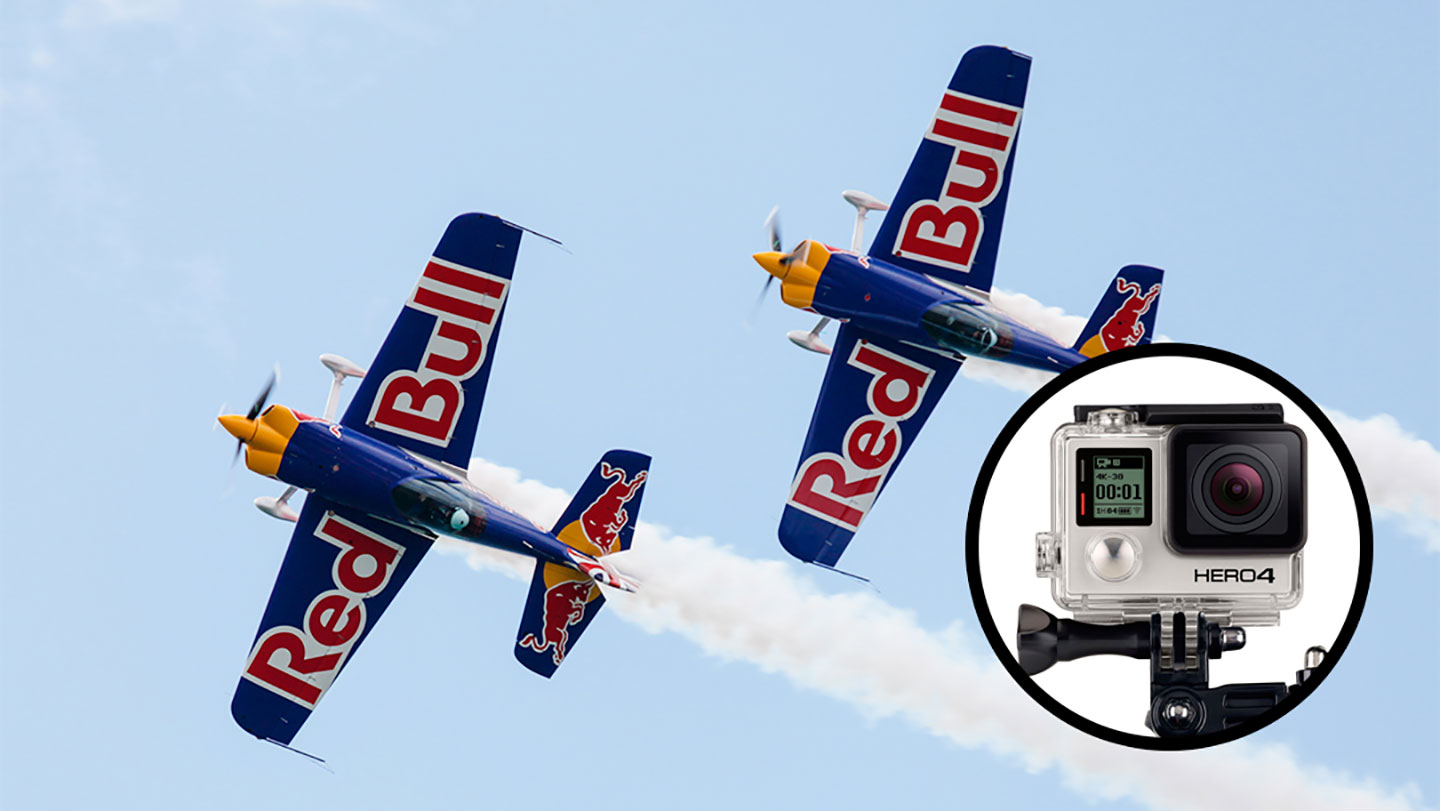
This 2021, GoPro®’s revenue for the first quarter was $204 million, compared to $119 million in Q1 2020, up 71% year-over-year. Its adjusted EBITDA for Q1 2021 was positive $11 million, compared to negative $41 million in the same period a year ago during the height of the global pandemic.
These two brilliant brands teach us some key lessons on co-marketing, including:
- Co-marketing works very well when both brands have the same aspirations and are addressing similar target consumers.
- The combined media presence and combined opportunities for producing relevant content increases dramatically for both brands especially because the partnership provides new and fresh dimensions for building up the brands’ identity in the eyes of its target audience.
- And finally, the synergy of the partners provides a significant boost to the awareness of both brands which ultimately redounds to the commercial benefits for both parties.
Related articles:
- https://adobomagazine.com/insight/insight-branding-nerd-on-gojek-a-brand-with-a-clear-focus-to-remove-friction-from-peoples-lives/
- https://adobomagazine.com/product/adobo-talks-x-branding-nerd-the-brand-architect/
- https://adobomagazine.com/insight/insight-kopiko-a-brand-that-grabbed-market-leadership-through-market-segmentation/
- https://adobomagazine.com/insight/insight-zoom-a-brand-that-zoomed-past-its-competitors-through-its-pricing-strategy/

